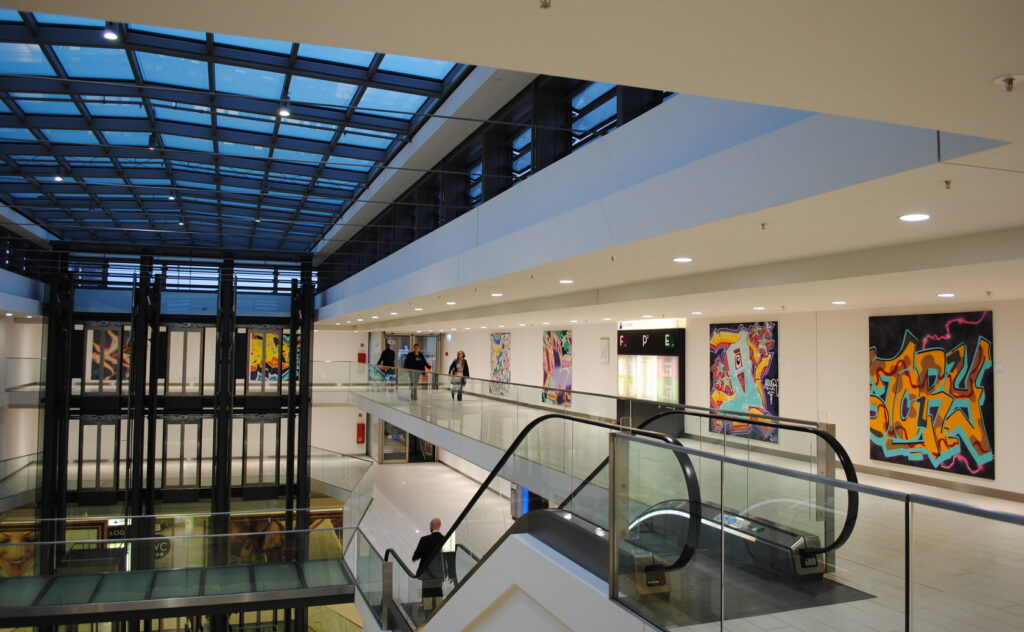
Introduction
Malls have long been a staple of urban life, offering more than just shopping opportunities. With their wide range of services—including dining, entertainment, and social gathering spaces—malls hold significant importance in community engagement and economic vitality. As consumer behaviors shift, especially post-pandemic, understanding the evolving role of malls is essential for urban planners, retailers, and consumers alike.
The Impact of Malls on Local Economies
Malls play a crucial role in stimulating local economies. According to a report by the International Council of Shopping Centers, retail sales in Canadian malls contributed approximately $55 billion to the national economy in 2022. These establishments not only create direct employment opportunities but indirectly support local businesses, creating a multiplier effect that benefits the entire community.
Additionally, malls often act as anchors for surrounding developments. For example, recent projects in Toronto include new residential and commercial spaces being built near popular shopping centers, indicating the positive correlation between thriving retail spaces and urban growth.
Malls Adapting to Consumer Trends
As online shopping continues to thrive, traditional brick-and-mortar malls have adopted innovative strategies to attract visitors. Many malls have transformed into mixed-use spaces that incorporate living, working, and entertainment options. This hybrid model not only retains foot traffic but also enhances the overall consumer experience.
For instance, the recent renovation of West Edmonton Mall included additions like indoor amusement parks and outdoor event spaces, making it a destination rather than just a shopping venue. In 2023, Canadian malls are increasingly focusing on experiential retail, where interactive and immersive experiences are prioritized over traditional shopping.
Community Role and Socialization
The role of malls as social hubs has also evolved. Many young Canadians consider malls essential for social interaction, as they provide comfortable meeting spaces and host events aimed at community involvement. From live music performances to cultural festivals, malls have cemented their status as vital social venues.
Conclusion
As malls continue to adapt to the changing landscape of retail and consumer expectations, their significance within urban communities remains strong. The evolution of these shopping centers is not just about retail; it’s about creating a sense of community, enhancing local economies, and providing unique experiences that can’t be found online. Looking ahead, the success of malls will depend on their ability to innovate and cater to the desires of diverse populations, ensuring their relevance in the years to come.



